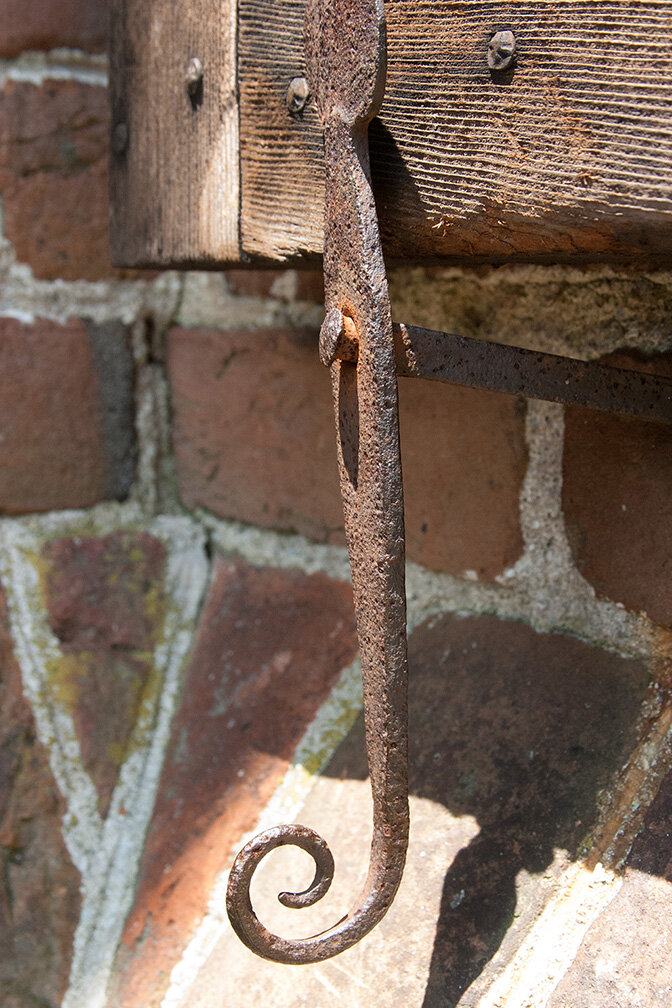Corrosion. Concrete. Combustion. And the indelible lessons of rust.
Carl is a very tall, scruffy-looking and kind dude that I have had the pleasure of knowing for about 10 years. We talk about a range of topics from neurology to the prettiness of asbestos, and our mutual love of vintage construction drawings.
Then there is Sam, a young man whose father reminded me that there are subtle differences in the textures and tones of Pennsylvania Bluestone, and to be aware of them
Finally, there is Patrick- a wiry Irishman who is a walking font of knowledge and can fit into places that my claustrophobic rear will not go.
Carl is my plumber. When I spoke to him last- he was at my home to replace some exterior hose bibs- he gave me a gentle reminder about galvanic action. It was the reason he had to replace my spigots. But in doing so, he also reminded me that there is a lovely textural quality to corrosion.
Sam is my mason. Without his design advice, certain spaces on the exterior of my house would not be as appealing. Besides having a seriously broad knowledge stone, he understands that craftsmanship in masonry is an art.
Patrick is my chimney sweep, who keeps me smiling with his witticisms, his distinct yet delicate dulcet Irish lilt, but mostly with his enthusiasm for the gaseous chemical and salient reactions of ‘internal’ residential combustion and a controlled raging fire.
It long been a belief of mine that learning a trade is extremely valuable. Apprenticing under people that care not only about the technical, but the aesthetic inherent in the craft of the trades, is extremely valuable with these three men.
And I would be remiss if I did not mention how fortunate I am to have Carl, Sam, and Patrick as my teachers.




